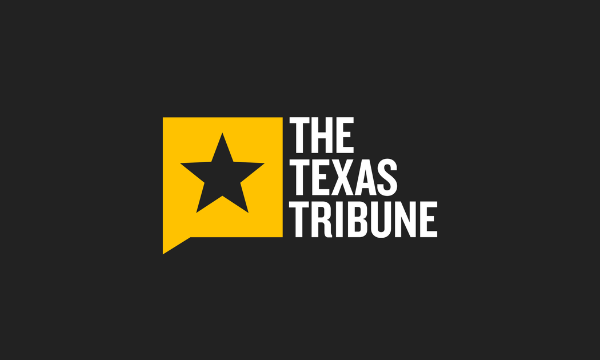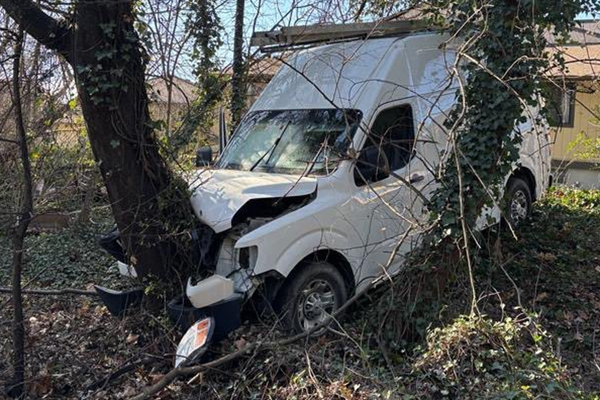President Trump is aiming for blockbuster economic growth and a boom in America's manufacturing and AI industries. That might all be undercut by a dearth of workers needed to bring those investments to life.
Why it matters: White House crackdowns on legal and illegal immigration are accelerating the nation's long-running demographic challenges, which could stunt economic growth in the years ahead.
Driving the news: The latest sign that the Trump administration will make it more burdensome for corporations to rely on foreign workers came Friday.
- Corporations will have to pay a $100,000 fee to apply for H-1B visas, a pathway for skilled foreigners to join U.S. employment ranks, the president announced — up from $2,500.
- Trump also directed the Labor Department to revise pay requirements for these workers who, in some cases, are underpaid relative to U.S. workers.
What they're saying: Commerce Secretary Howard Lutnick said it won't be "economic anymore" for companies to rely on H-1B visa — incentivizing them to lean on American workers instead.
- "If you are going to train people, you're going to train Americans," Lutnick told reporters.
State of play: The change is a blow to American firms that rely on the visas to fill a job market gap: not enough skilled U.S. workers to meet employer demand. It is the latest drain on labor supply from Trump's immigration crackdown.
- Lower labor supply, for example, is a likely factor in weak job growth over the summer — only 27,000 jobs a month added from May to August.
- This is a key tension of Trumponomics: demanding companies produce more goods here, alongside policies that cut off the supply of workers companies say they need to do so.
By the numbers: The immigration slowdown is expected to make long-standing demographic issues worse.
- The Congressional Budget Office said this month it expects net immigration of only 400,000 this year — down from its estimate of 2 million in January.
- The baby boom generation is reaching retirement age, and generations that come behind them are smaller amid falling fertility rates. The CBO sees overall U.S. population growth of only 0.3% a year in the years ahead. It was 1% as recently as 2014.
What to watch: Job market weakness is coinciding with sluggish labor force growth. It is difficult to distinguish the instances in which less demand, as opposed to less supply, is hurting hiring.
- "Strict immigration controls — a tight border, increased deportations, an end to [a Biden-era parole program and temporary protected status] and a chilling effect on participation rates for foreign-born workers — have sharply slowed growth in the labor force," Morgan Stanley economists wrote in a note.
- The economists said "growth in labor supply has slowed at about the same rate as labor demand."
Adding to the labor supply challenge is this reality: This isn't the kind of job market in which there are masses of would-be workers sitting on the sidelines.
- In the early 2010s, by contrast, there were millions of unemployed or underemployed Americans looking for jobs, who could be coaxed back into the workforce as job opportunities became more abundant.
Zoom in: The employment-to-population rate among 25- to 54-year-olds was 80.7% in August, higher than it ever was in the previous Trump term. It was 75% in 2010.
Yes, but: The Trump administration emphasizes trying to get more native-born men of prime working age into the labor force.
- The share of men ages 25 to 54 who were employed in August, 86.5%, is below the 90%+ rates that were common before 1980 or so.
- Returning that number to 90% would mean 2.3 million more men working. But to do that would require reversing a trend that has been decades in the making.
The bottom line: Fewer immigrants and the retirement of the baby boom generation mean that finding workers could remain a headwind to overall economic growth.







